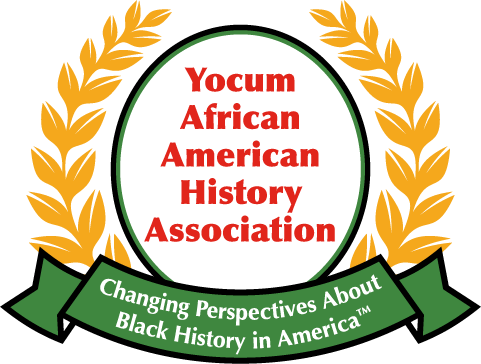May 31, 2021 will be the one-hundredth anniversary of the two-day massacre in Tulsa’s wealthy black community known as Deep Greenwood or Black Wall Street. Deep Greenwood was a modern, up-to-date business city and the most successful black community in America and more prosperous than its nearby white community.
On May 30, 1921, Sarah Page, a 17-year-old white divorcee, accused a black man, Dick Rowland, of attempting to “criminally assault her” in an elevator in the Drexel Building. According to one story, Roland accidentally stepped on her foot, and she slapped him. In response, he grabbed her arm to prevent her from hitting him again. As if realizing his self-defense move might cause trouble, he fled the scene. The following day authorities arrested and jailed Rowland.
The Tulsa Tribune posted a front-page story with the headline “Nab Negro for Attacking Girl in an Elevator.” The article announced that a “negro would be lynched tonight.” The post-World War One Northeastern Oklahoma had a racially and politically tense history, and blacks were not going to let a lynching decide the fate of Dick Rowland.
Returning veterans, such as O.B. Mann, believed that they had earned full citizenship by fighting to defend American freedom abroad. They had enough of white racism and Jim Crow laws. Some of these veterans marched to the Courthouse to protect Rowland. False rumors caused a struggle between blacks and whites, and an accidental discharge of Mann’s gun occurred when a white man grabbed it. That sparked the violence that destroyed the 35-block area of Deep Greenwood.
Reconnaissance planes were used to drop turpentine balls on buildings, and soon fire engulfed businesses and homes, leaving 191 businesses, 1200 homes destroyed, and thousands homeless. Reports varied on the death toll, but it was reported to be as high as 300.
The criminal assault accusation made by Sarah Page against Dick Rowland was dropped. It was revealed that Sarah and Dick knew each other better than first admitted by Sarah. She expressed remorse for her false accusations.
The rebuilding of Greenwood was as crucial as the riot itself. By the end of 1922, buildings along the block of Greenwood Avenue running north of Archer Street were rebuilt. Most of the reconstructed buildings were like the red brick originals of Black Wall Street. Within ten years, prosperity returned to the area and was a testament to the courage and fortitude of its black citizens. The wealth of Deep Greenwood continued from 1922 until the late fifties.
To learn more about the Black Wall Street massacre, see YAAHA’s lesson plan at:

